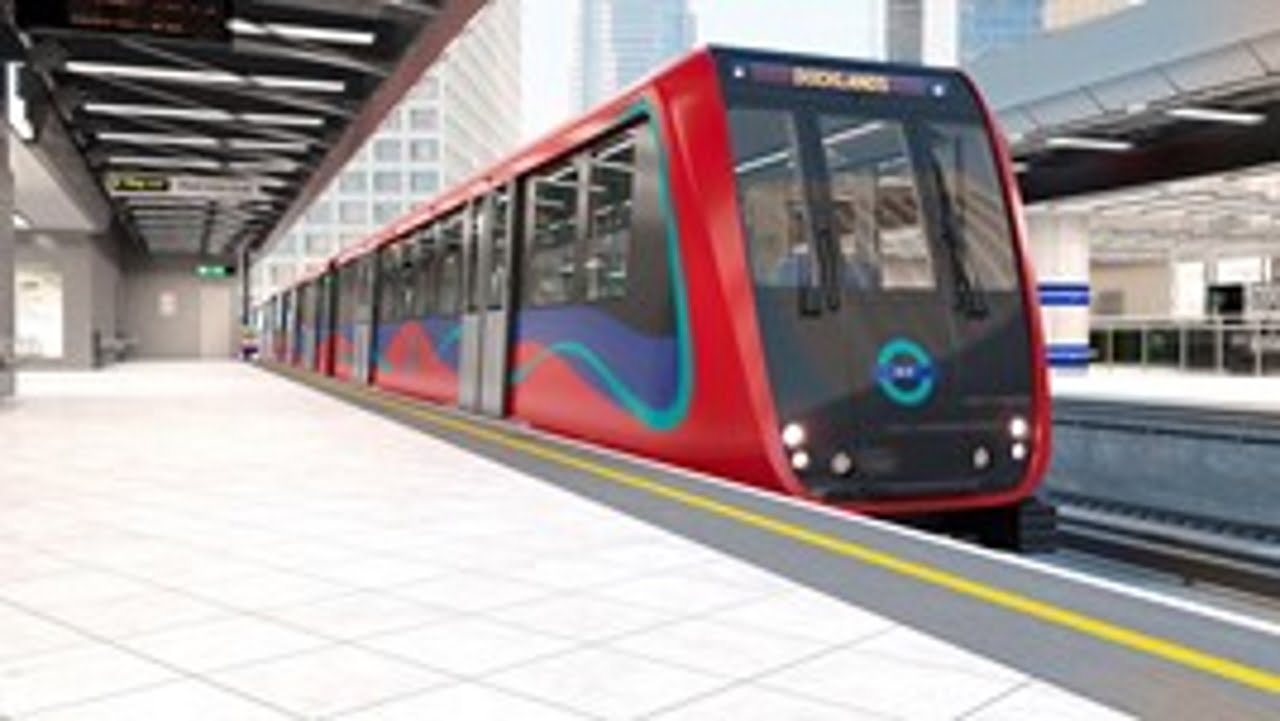With hundreds of miles of cabling which is now installed across the network, TfL is in discussion with mobile network operators to ensure their customers can benefit once the first section goes live.
The next stage of procurement for concessionaire to make 4G services available across the rest of the network is to commence shortly. Which will allow the whole of the London Underground network to have mobile connectivity by the mid-2020s
The eastern half of the Jubilee line is to be getting full mobile connectivity within station platforms as well as tunnels for the first time from March 2020.
This will help to remove one of the most high-profile mobile ‘not-spots’ in the UK.
The trial section will cover the platforms and tunnels between Westminster and Canning Town.
It will be building on the existing free WiFi service that TfL offers both within more than 260 WiFi-enabled London Underground stations and on TfL Rail services.
The service is to also cover the ticket halls as well as corridors within stations along this section of the Jubilee line.
This is with the exception of London Bridge and Waterloo stations which, subject to final approvals, is planned to be added later during 2020.
TfL has been working to bring mobile connectivity to the below-ground sections of London Underground, which is a part of a range of measures announced by Mayor Sadiq Khan in order to boost digital connectivity across the capital and tackle London’s areas of poor connectivity.
The trialling of 2G, 3G and 4G mobile services along this section of the London Underground network will allow both TfL and the mobile operators to gain valuable experience in delivering mobile services on the Underground.
TfL has also begun discussions with mobile network operators in order to make sure that they can access the infrastructure for the pilot so their customers can benefit highly when the technology goes live.
What did the officials have to say?
The Mayor of London, Sadiq Khan, said:
‘I’m delighted that we will be introducing mobile connectivity to the London Underground from next March. This is a really important step for the millions of people who use the Tube each year.
‘Introducing 4G and, in the future, 5G will help Londoners and visitors keep in touch and get the latest travel information while on the go. London is the best place to live, visit and work – and projects like this will help make it even better.’
Shashi Verma, Chief Technology Officer at TfL said:
‘The London Underground network is an incredibly challenging environment in which to deliver technological improvements, but we are now well on the path to delivering mobile connectivity within our stations and tunnels. We have begun the complex work to allow our customers to be able to get phone reception within our tunnels from March 2020, with more stations and lines coming online during the coming years.’
Theo Blackwell, London’s Chief Digital Officer, said
‘This is welcome progress on a very significant step forward in connectivity Londoners can look forward to from early next year. It forms part of our work to improve digital connectivity at home, in our high streets, public spaces and across the transport network.’
Jasmine Whitbread, CEO of London First, said:
‘This is a welcome step on the journey to delivering widespread internet connectivity on London’s tube network – enabling people to stay in touch on public transport will boost the capital’s productivity.
‘We look forward to the transformative impact that further projects to improve digital infrastructure on the London Underground will have for the capital, including the programme to deliver better, more real-time customer information throughout the Tube network.’
Where Next?
News Homepage
For the Latest Railway News
RailAdvent Online Shop
Framed Prints, DVD’s / Blu-Ray’s and more
LocoStop Community
Come and share your railway pictures






Responses
I think 4G is better than using wifi on the London Underground and on other transport.